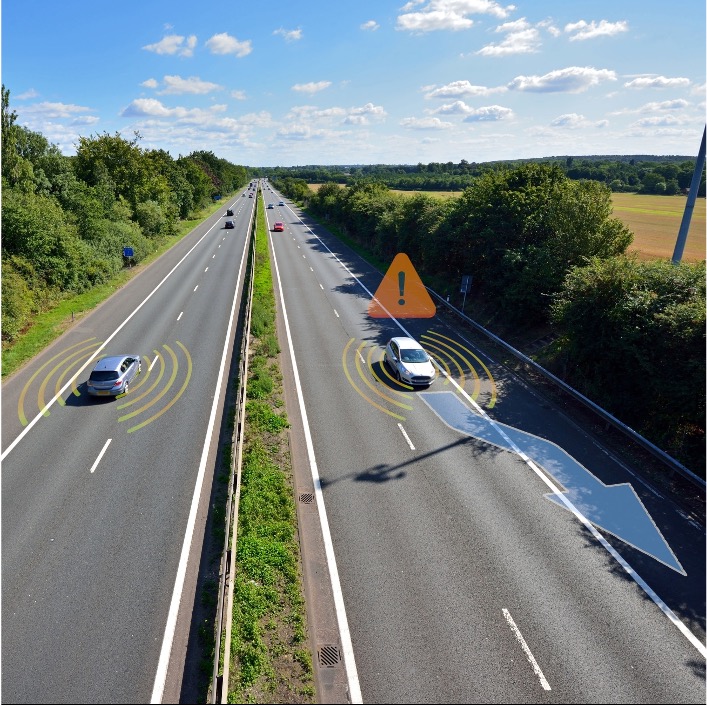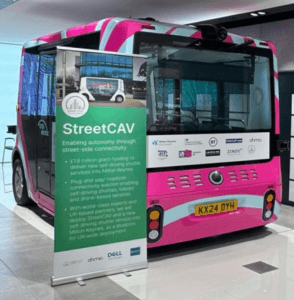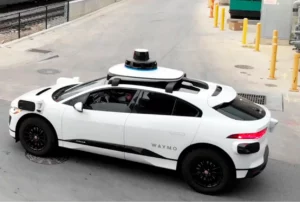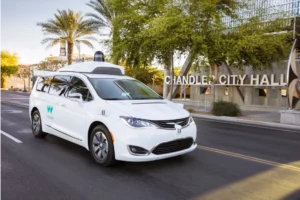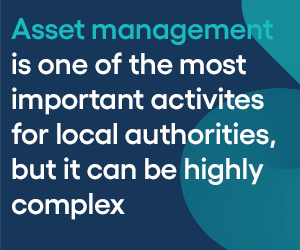The Centre for Connected and Autonomous Vehicles and British Standards Institution have issued a paper on how driverless vehicles can safely stop in the event of an emergency.
The issue surrounds the situations when a vehicle is unable to safely continue a journey, or fails completely.
This is particularly critical when the AV does not have a safety driver on-board who is trained and capable of taking immediate and full control of the vehicle.
Most regulations, standards and guidance propose that, when an ADS is unable to safely continue its journey, the AV needs to automatically reduce speed and steer to a stop in a location that is as safe as possible. This is often referred to as performing a minimal risk manoeuvre (MRM) to a location and a state known as a minimal risk condition (MRC).
In recent years, there have been efforts to describe or specify what such low-risk manoeuvres might be, or how, when and where it might be safe to stop AVs. This is clearly a challenge for both industry and regulators, because what would be considered as manoeuvres with minimum risk, or what would be regarded as a safe place to stop, are critically dependent on the circumstances the vehicle
is operating in.
The paper looks at the solutions and issues guidance.
(Picture – BSI)



